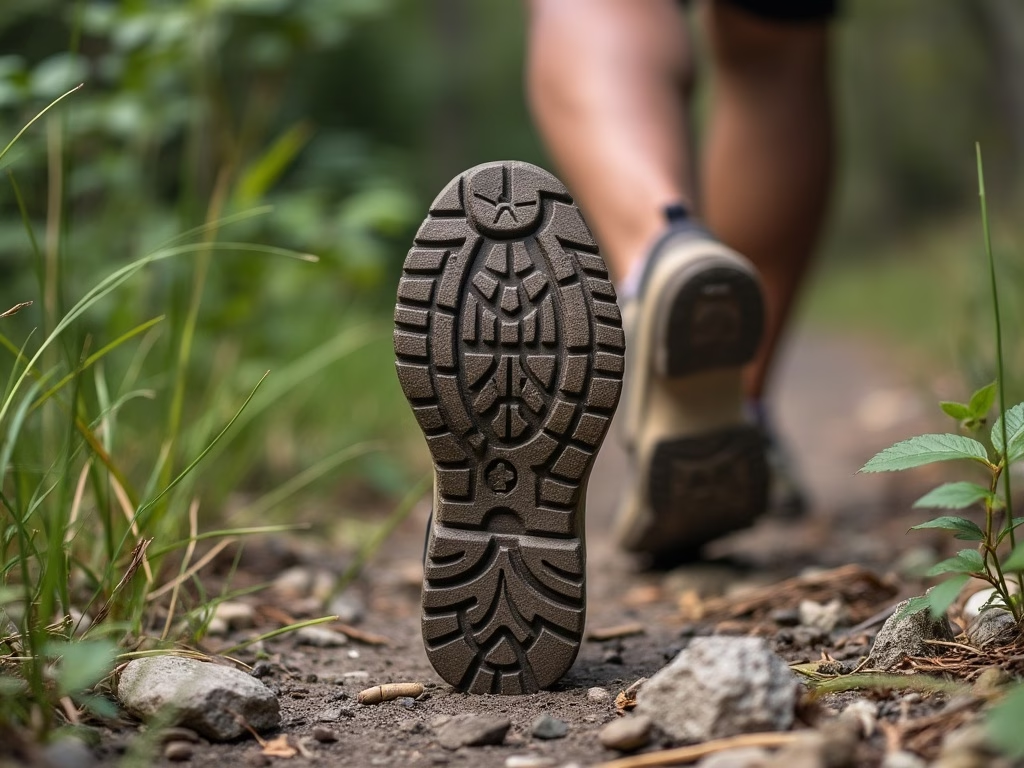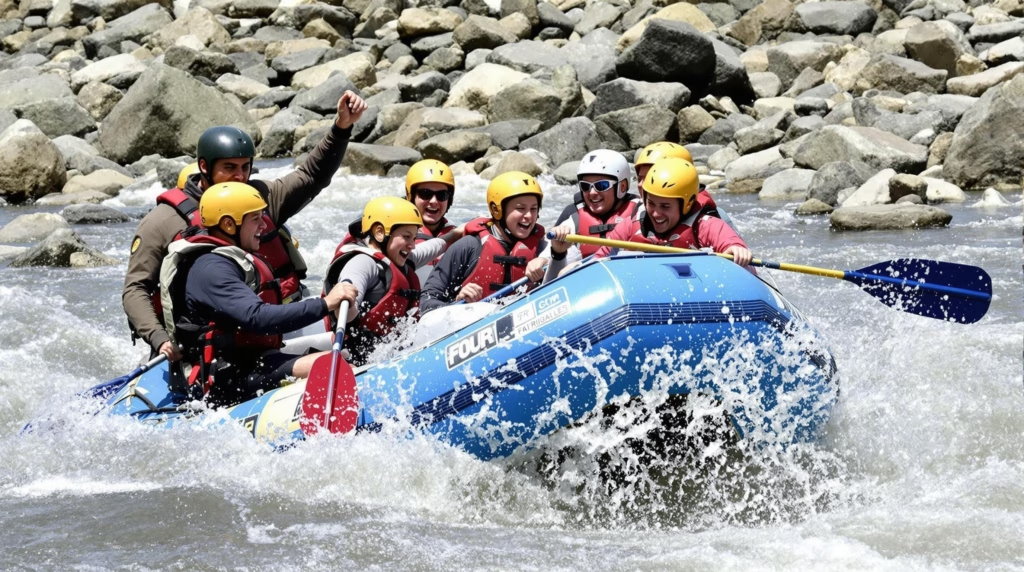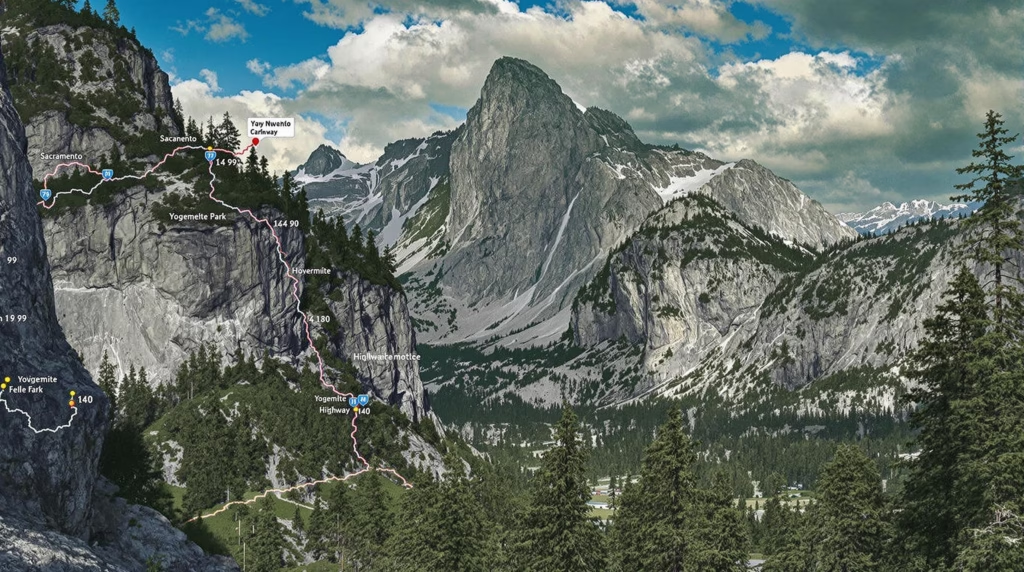Arizona’s landscape is a testament to the raw beauty of nature, sculpted over millions of years by wind and water. Among its most stunning features are Antelope Canyon and The Wave, two otherworldly sandstone formations that draw visitors from around the globe. In this guide, we’ll explore these natural wonders, their geological origins, and how you can experience them firsthand. Also, you may want to check out stories about other wonderful rocky formations, like Grand Canyon, Cliffs of Moher or Ayers Rock!
1. The Geological Marvels of Antelope Canyon
Antelope Canyon, located near Page, Arizona, is a slot canyon carved by flash floods and erosion. It’s divided into two sections: Upper Antelope Canyon (Tsé bighánílíní, meaning “the place where water runs through rocks” in Navajo) and Lower Antelope Canyon (Hazdistazí, or “spiral rock arches”).
The canyon’s distinctive smooth, flowing shapes are the result of Navajo Sandstone being eroded by water and wind over thousands of years. During the rainy season, water rushes through the narrow passageways, smoothing the rock and carving the intricate patterns that make Antelope Canyon famous.
According to the U.S. Geological Survey, the rock layers visible in Antelope Canyon were deposited during the Jurassic period, approximately 150 to 200 million years ago. The sandstone’s rich red and orange hues come from iron oxide deposits, creating a warm glow when sunlight filters through the canyon’s narrow openings.
Visitors to Antelope Canyon are often struck by the play of light and shadow within the canyon’s twisting corridors. This interplay creates an ever-changing canvas of colors and shapes, making it a paradise for photographers and nature enthusiasts alike.
2. The Wave: A Frozen Tsunami of Stone
While Antelope Canyon is renowned for its enclosed, flowing forms, The Wave presents a different kind of beauty. Located in the Coyote Buttes North area of the Vermilion Cliffs National Monument, The Wave is an open-air sandstone formation that resembles a frozen tsunami.
The Wave’s unique appearance is the result of Jurassic-age sandstone deposits that have been eroded by wind and rain over millions of years. The alternating layers of red, pink, yellow, and white sandstone create a mesmerizing swirled pattern that seems almost too perfect to be natural.
According to the Bureau of Land Management, The Wave is part of the Navajo Sandstone formation, which was once an ancient desert. The distinctive wave-like patterns are cross-bedded layers of sand that have been cemented over time and then eroded into the current formation.
The Wave’s beauty extends beyond its central formation. The surrounding area is dotted with unique geological features, including the “Second Wave” and “The Alcove,” each offering its own stunning patterns and colors.
3. Planning Your Visit: Permits and Preparations
Visiting Antelope Canyon and The Wave requires careful planning due to their popularity and the need to protect these fragile environments.
For Antelope Canyon, you must book a tour with a licensed Navajo guide. The Navajo Nation Parks and Recreation website provides information on authorized tour operators. It’s recommended to book well in advance, especially during peak season (June to August).
Visiting The Wave is even more challenging. The Bureau of Land Management limits access to 64 people per day to protect the fragile sandstone formation. Permits are distributed through a lottery system, with applications accepted four months in advance. A limited number of walk-in permits are also available at the Grand Staircase-Escalante National Monument Visitor Center in Kanab, Utah.
When preparing for your visit, keep in mind:
- Weather: Both locations can experience extreme heat in summer. Check the National Weather Service forecast and plan accordingly.
- Water: Bring plenty of water. The CDC recommends at least one gallon per person per day in hot climates.
- Footwear: Wear sturdy, closed-toe shoes with good traction.
- Navigation: For The Wave, GPS or a good map and compass are essential, as there’s no marked trail.
- Leave No Trace: Follow Leave No Trace principles to help preserve these natural wonders for future generations.
4. Photography Tips for Capturing Nature’s Artistry
Both Antelope Canyon and The Wave are photographer’s dreams, but capturing their beauty can be challenging. Here are some tips to help you get the perfect shot:
- Timing: In Antelope Canyon, light beams are most visible around midday during the summer months. For The Wave, early morning or late afternoon light can enhance the sandstone’s colors.
- Equipment: A wide-angle lens can help capture the sweeping curves of both locations. For Antelope Canyon, a tripod is essential due to the low light conditions.
- Settings: In Antelope Canyon, use a slower shutter speed to capture more light. For The Wave, a polarizing filter can help enhance the sky and rock colors.
- Composition: Look for leading lines and interesting patterns. Both locations offer endless possibilities for unique compositions.
- Respect the environment: Always follow your guide’s instructions in Antelope Canyon, and stick to designated paths in The Wave to avoid damaging the delicate sandstone.
For more in-depth photography tips, check out the National Geographic guide to Southwest landscape photography.
5. Conservation Efforts and the Future of Arizona’s Sandstone Wonders
As the popularity of Antelope Canyon and The Wave grows, so does the need for conservation efforts. Both sites face challenges from increased foot traffic and the impacts of climate change.
The Navajo Nation has implemented strict regulations for Antelope Canyon tours to protect the site. These include limiting tour group sizes and duration, and prohibiting tripods during peak season to reduce congestion.
For The Wave, the permit system is the primary tool for managing visitor impact. The Bureau of Land Management continues to study the area to determine if any changes to the current system are needed to better protect the fragile sandstone.
Climate change poses another threat to these sandstone wonders. According to a study published in the journal Science Advances, increasing temperatures and changes in precipitation patterns could accelerate erosion in the Southwest, potentially altering these iconic landscapes.
Visitors can help protect these sites by:
- Staying on designated paths
- Not touching or climbing on the sandstone formations
- Packing out all trash and following Leave No Trace principles
- Supporting conservation organizations like the Grand Canyon Trust
By respecting these natural wonders and supporting conservation efforts, we can help ensure that future generations will be able to experience the awe-inspiring beauty of Antelope Canyon and The Wave.
In conclusion, Antelope Canyon and The Wave represent some of the most stunning examples of nature’s artistry. These sandstone formations, shaped over millions of years, offer visitors a glimpse into the geological history of the American Southwest. While visiting these sites requires planning and often a bit of luck, the experience of witnessing their otherworldly beauty firsthand is truly unforgettable. As we continue to explore and appreciate these natural wonders, let’s also commit to preserving them for the future.



